The gentle curve of coastal roads, medieval abbeys cloaked in morning mist, and markets brimming with local cheeses – Normandy reveals itself most intimately when you travel at your own pace.
A campervan journey through this storied French region offers precisely that luxury: the freedom to linger in sleepy fishing villages or detour toward a château glimpsed on the horizon.
There’s something wonderfully rebellious about ignoring the tour groups and hotel checkout times. In a campervan, you can pull over whenever something catches your eye—that crumbling church tower, the scent of fresh bread wafting from a village bakery, or simply because the light has turned particularly golden over a field of grazing cows. We’ve lost count of the times a quick coffee stop has turned into an impromptu afternoon of cider tasting with a farmer who insists on showing you his prize Calvados.
The beauty of Normandy lies in its accessibility. With a home on wheels, you can wake up to the sound of waves crashing against the cliffs of Étretat one morning and the serene quiet of the Suisse Normande the next. Every bend in the road promises discovery, whether it’s a half-timbered village untouched by time or a local fromagerie where the owner still ages cheese in centuries-old caves.
With that in mind, here’s our ideal guide to campervanning in Normandy…
When To Go
Normandy works beautifully for campervan travel in any season, though each has its own personality. We’re rather fond of spring when the countryside explodes into life and you can have entire stretches of coast practically to yourself. The apple trees are in blossom, the locals are emerging from their winter hibernation, and there’s a genuine sense of renewal in the air.
Summer brings dependable weather and long evenings perfect for clifftop sundowners, but you’ll be sharing those picture-perfect spots with half of Europe. Book your aires (more on those in a moment) well ahead if you’re planning a trio in July or August – the best coastal pitches fill up fast.
September and October wrap the countryside in that particular golden light that makes every photograph look like a painting, and the harvest season means cider houses are buzzing with activity. Plus, you’ll pay considerably less for ferries and campsites.
Many campsites are open year-round, even in winter. This time of year brings solitude and the pleasure of returning to your cosy mobile sanctuary after exploring frost-dusted villages. Be aware that some smaller attractions close during this season.
Aires & The Route
For campervan travellers, Normandy’s network of aires is a treasure. These are designated parking areas for motorways and campervans where you can access basic services like water and waste disposal facilities.
The French aires system is unparalleled in Europe, with Normandy boasting over 200 such locations, allowing travellers to stay closer to attractions than traditional campsites, often with prime locations that hotels couldn’t match.
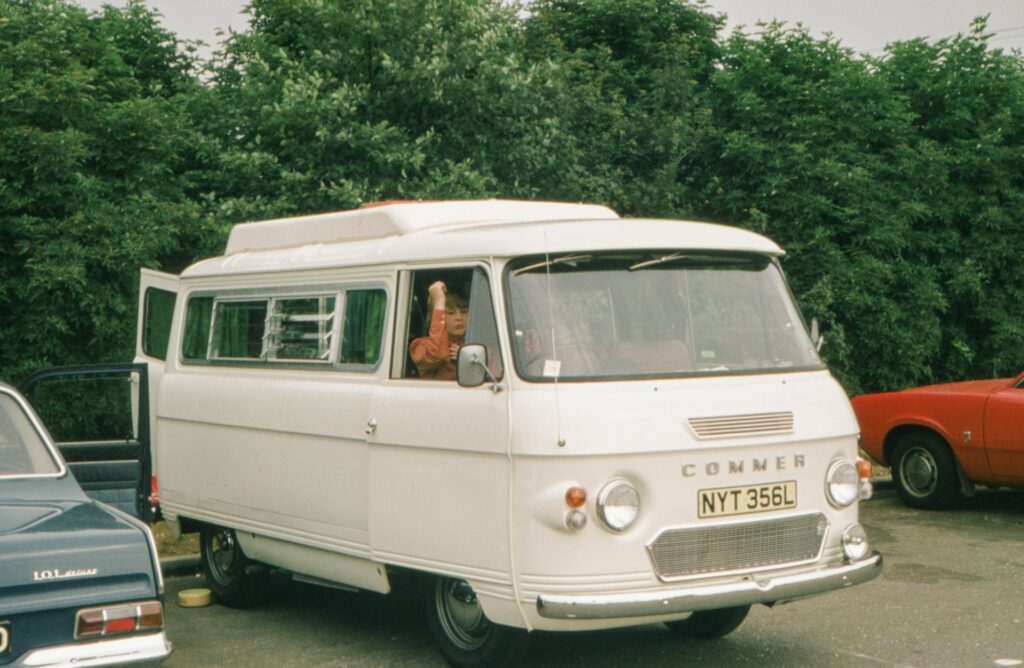
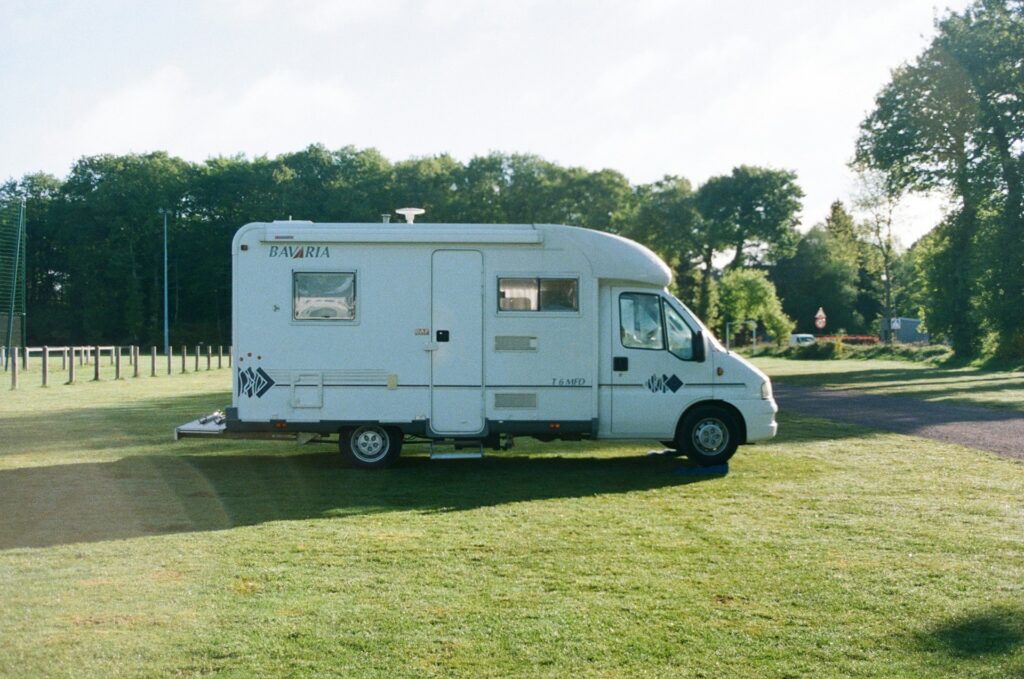
There are two types of aires campervanners need to know about:
“Aire de service” refers to designated areas specifically for motorhomes, typically offering essential services like fresh water, waste disposal, and often electricity hookups for a modest fee (€5-12). They range from simple service points in town car parks to purpose-built sites with dedicated pitches and panoramic views.
Meanwhile, “Aire de repos” are rest areas along major roads that sometimes permit overnight parking, though they rarely offer services beyond basic facilities.
Of course, aside from knowing about aires, the most important part about a campervan holiday is the route you choose and the itinerary you follow – our ideal one is below.
Simply download the Park4Night app before your journey for up-to-date information, including user reviews and photos, so you can choose the ideal aire for your stay in each place listed…
Premium Base Camps
Here’s a confession…while we love the nomadic campervan life, sometimes it’s worth abandoning the wanderlust and properly settling in somewhere special. Indeed, while the freedom of the open road beckons, savvy travellers know that establishing a comfortable base camp for a week or more can offer the best of both worlds: a home base with the flexibility to explore the region at your leisure.
You’ll be please to hear that camping in Normandy is an absolute pleasure. Indeed, Normandy has some genuinely outstanding campsites, particularly two Yelloh! Village locations that put most British holiday parks to shame. These are premium campsites make no mistake – think immaculate grounds, heated swimming pools, restaurants and more. However, what makes them brilliant isn’t just the facilities (though they’re impressive), but their location in Calvados country. This means you can sample the local cider and Calvados without worrying about driving anywhere—a luxury that shouldn’t be underestimated.
Yelloh! Village La Capricieuse in Luc-sur-Mer is our coastal favourite. The pitches are generously sized, the facilities spotless, and yes, there’s a heated pool complex that’s rather magnificent. But it’s stepping straight from your pitch onto the beach that really seals the deal. There’s something wonderfully decadent about watching the sunset over the bay with a glass of local cider, knowing your bed is just a few steps away.
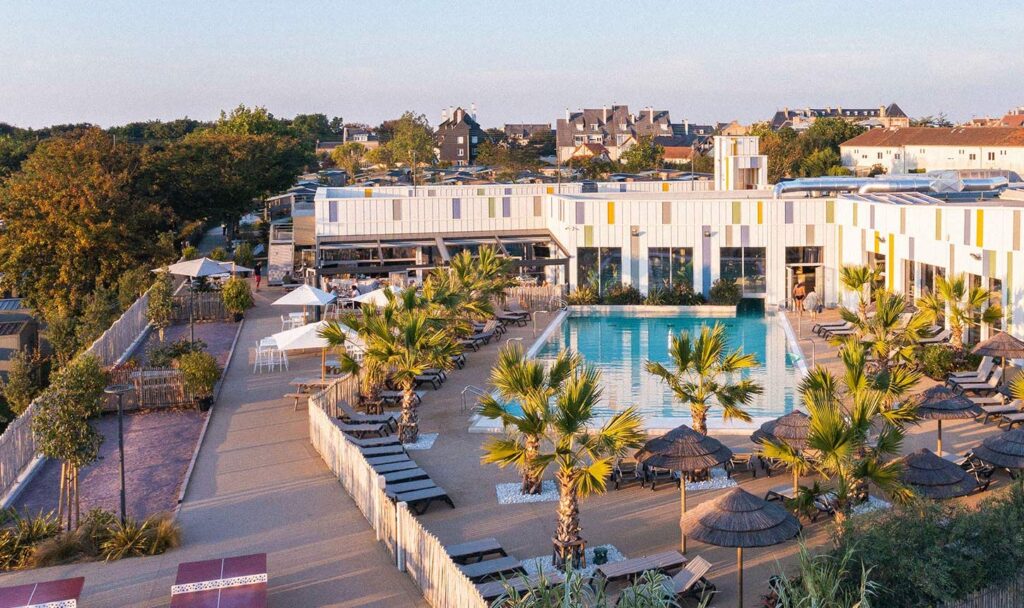
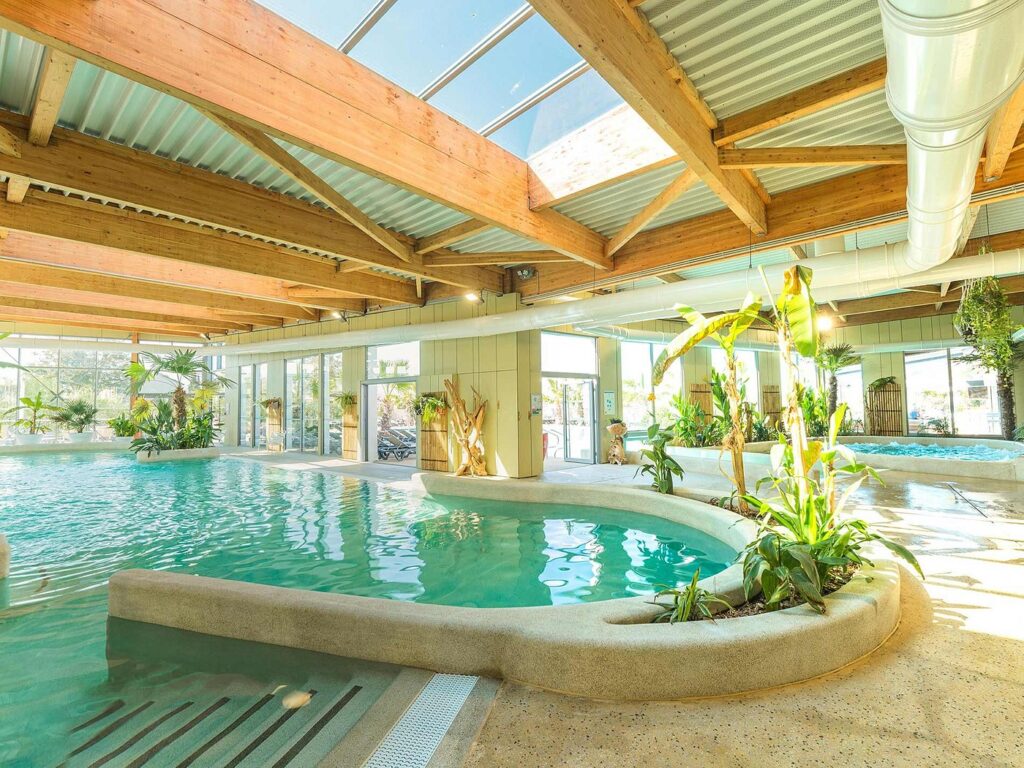
The campsite’s proximity to Mont Saint-Michel (just over an 1 hour and thirty minutes drive) means you can visit the iconic abbey during the early morning hours before day-trippers arrive, then return to La Capricieuse for a lazy afternoon by the pool. Oh, and the the on-site restaurant, with its emphasis on locally caught seafood, removes any pressure to cook after a day’s exploring.
Further east, The Camping Portland Yelloh! Village, offers an equally compelling proposition. With its distinctive microclimate (locals boast of more sunshine hours than much of Normandy). Situated just a few miles from the D-Day landing beaches, this campsite serves as the perfect launchpad for exploring the beaches. It’s also only 9 km from Bayeux, making it a convenient base if you want to see that tapestry.
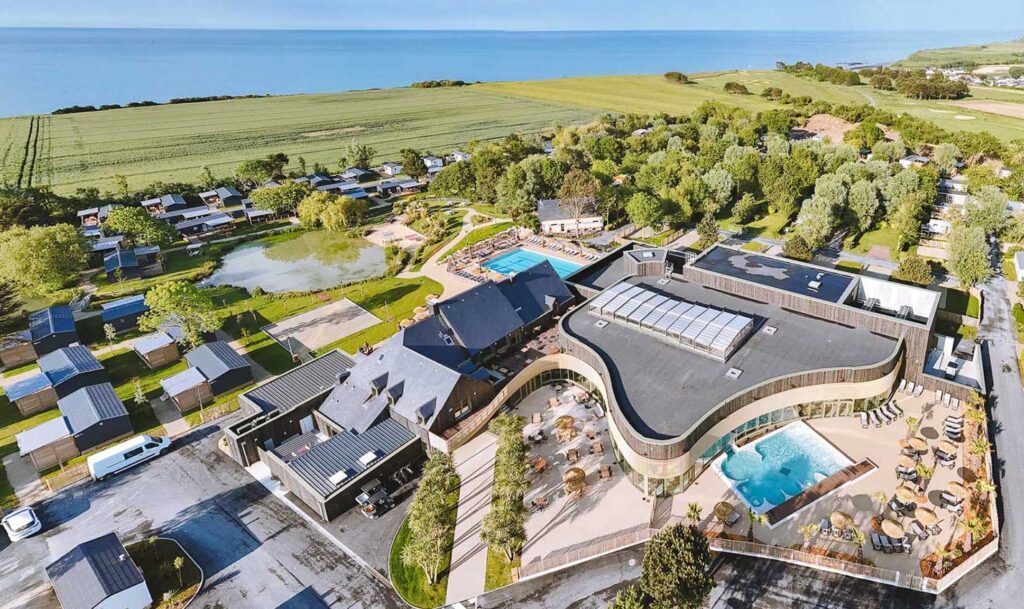
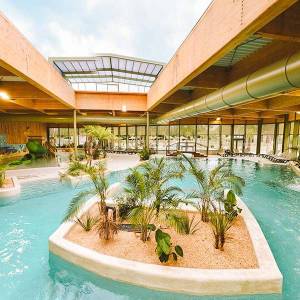
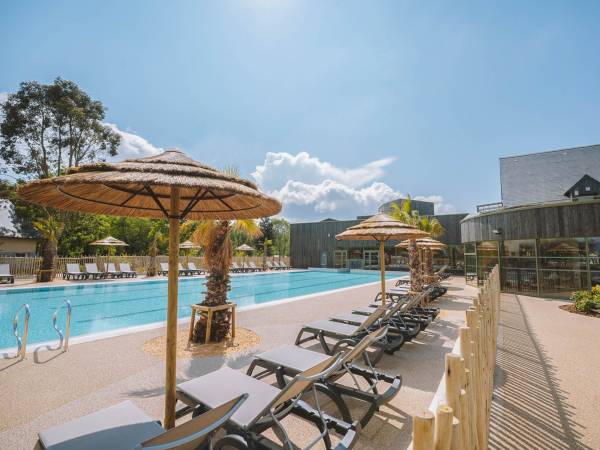
The campsite’s cycle hire service offers the perfect opportunity to explore the nearby coastal paths. The site’s modern facilities—including a covered swimming complex for less clement days—mean you’ll return to comfort regardless of the region’s sometimes capricious weather.
A word of warning: book well in advance, particularly for the prime July-August period when these premium locations unsurprisingly reach capacity.
The Route
Here’s our ideal route for exploring Normandy by campervan…
Day 1-2: Dieppe and the Alabaster Coast
After disembarking from the DFDS ferry at Dieppe (a convenient four-hour crossing from Newhaven), settle into the rhythm of Norman life. The marina aire offers a splendid overnight spot with panoramic harbour views. Spend your first day exploring this vibrant port town with its impressive cliff-top castle and renowned Saturday market where you can stock up on regional cheeses and seafood caught that morning.
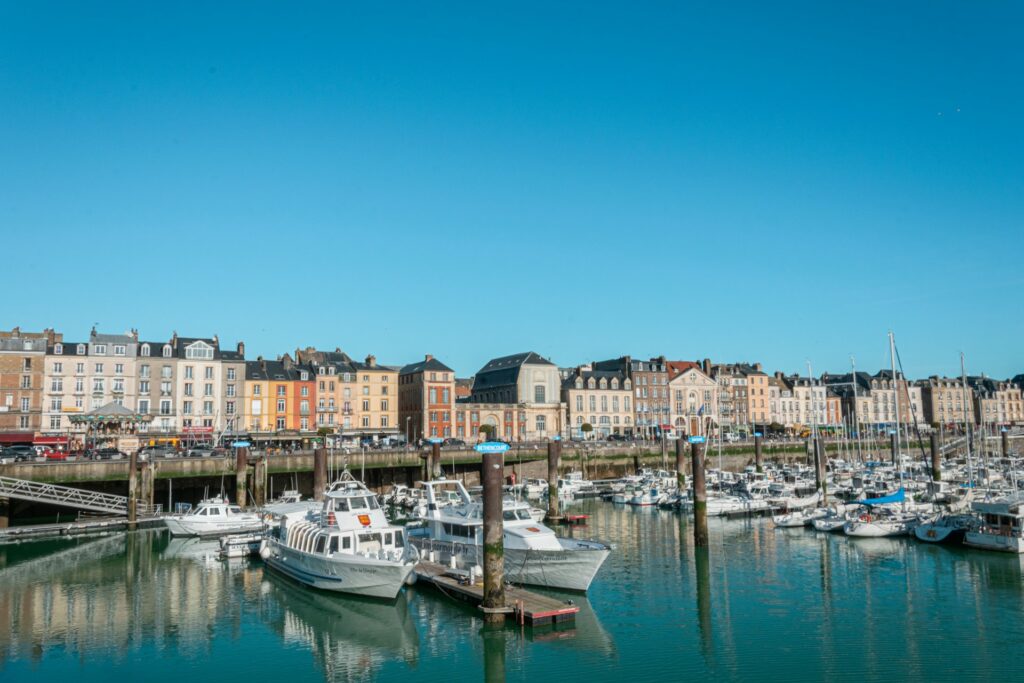
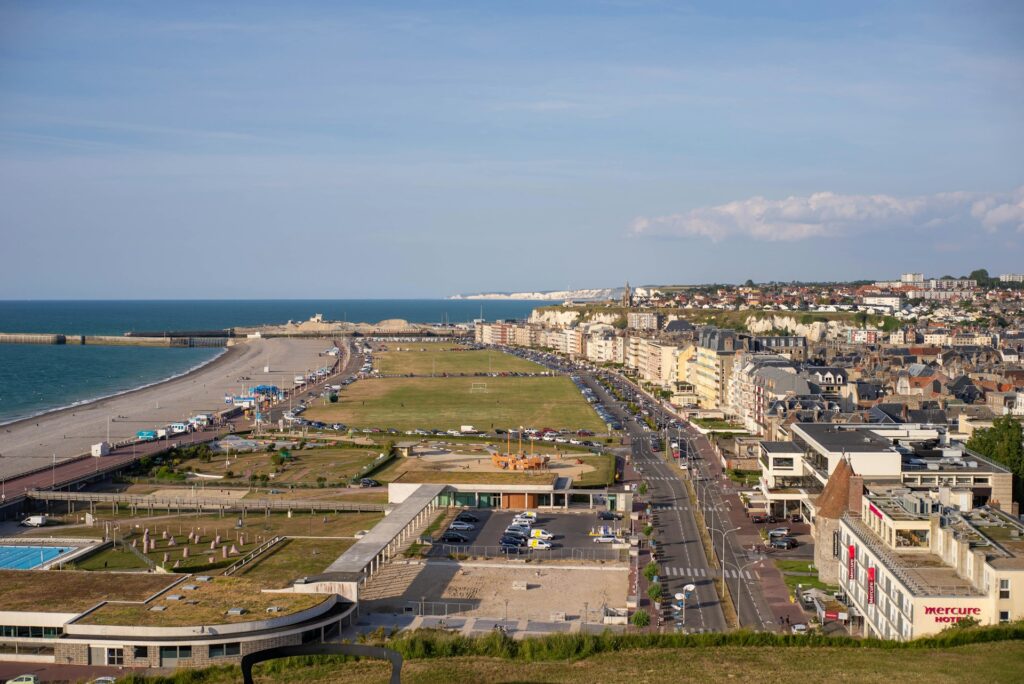
On day two, follow the dramatic Alabaster Coast westward, where white chalk cliffs plunge into turquoise waters to the town of Étretat, known for the striking rock formations. These natural arches of demand unhurried appreciation—park at the clifftop aire and follow the path that inspired Monet’s brushstrokes. He spent a significant amount of time in Étretat from 1868 to 1886, painting numerous landscapes, particularly those iconic cliffs. The village’s charming centre, with its covered market and timber-framed houses, makes for a perfect lunch stop.
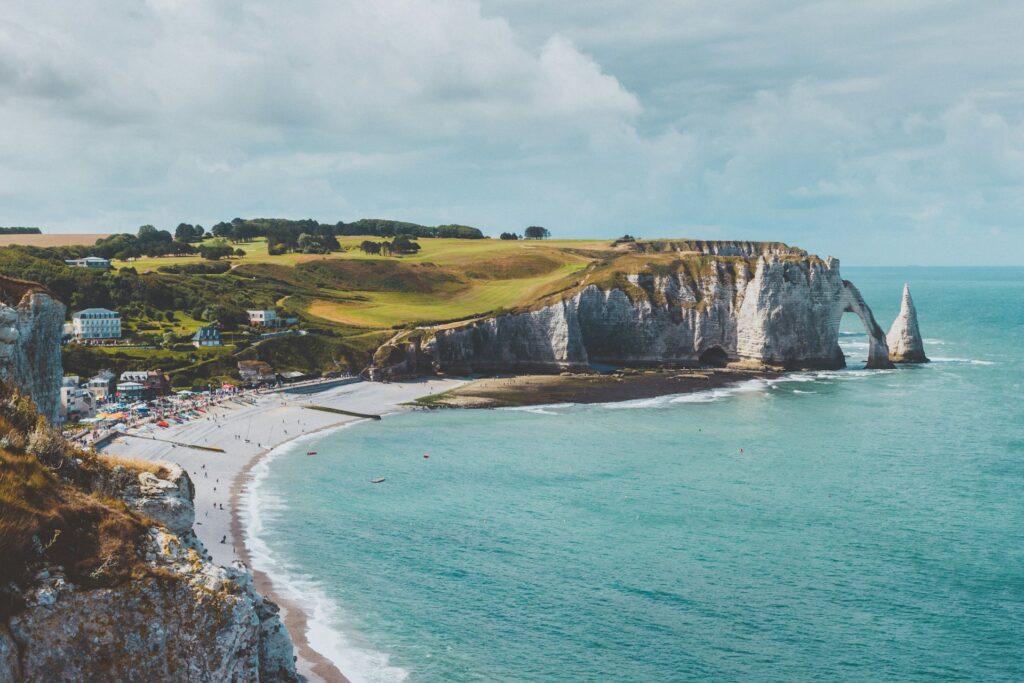
Day 3-4: Historic Rouen and the Seine Valley
The next day, turn inland toward the medieval treasure of Rouen, where narrow streets lead to the magnificent Gothic cathedral famously painted by Monet in different lights. The city’s aire provides convenient access to the historic centre, allowing for evening strolls through the atmospheric old town. Don’t miss the Place du Vieux Marché, where Joan of Arc met her fate, now home to an extraordinary modern church and excellent restaurants serving regional specialities.

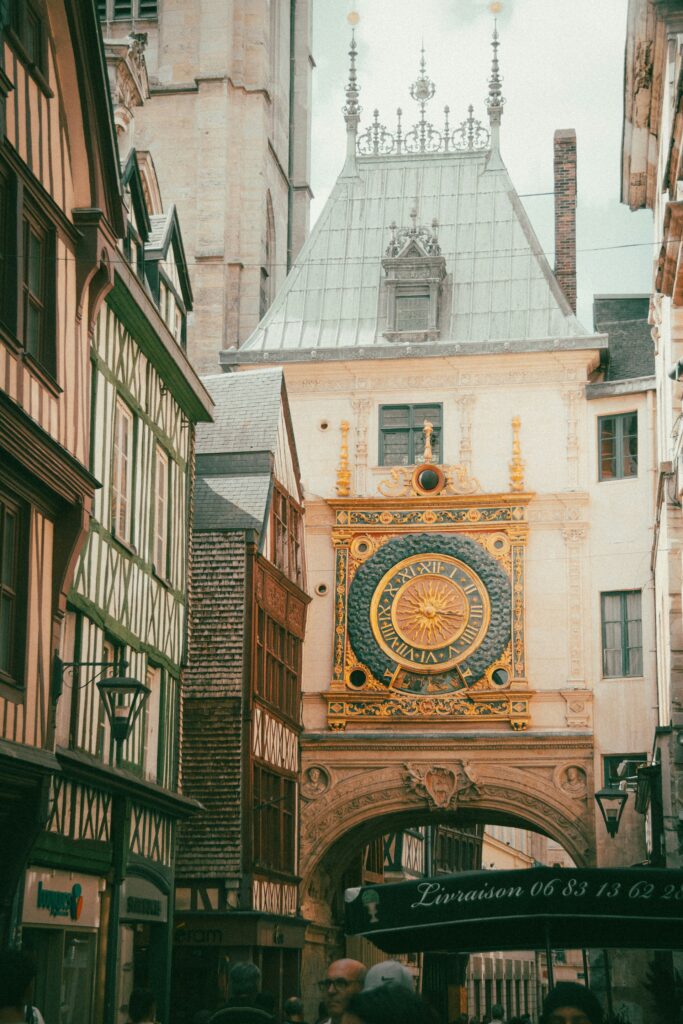
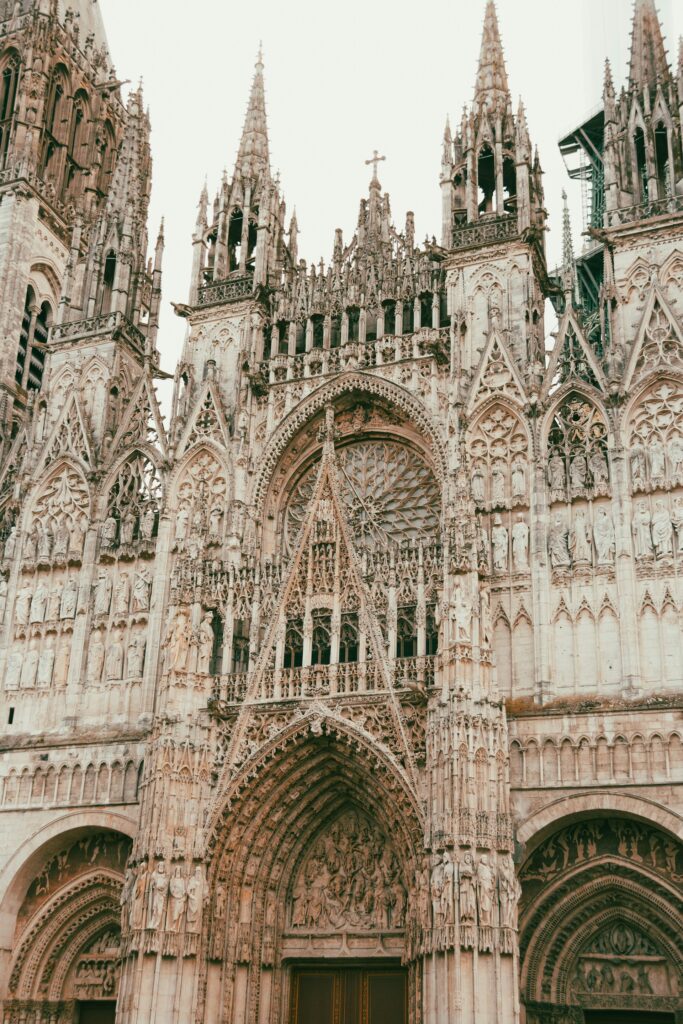
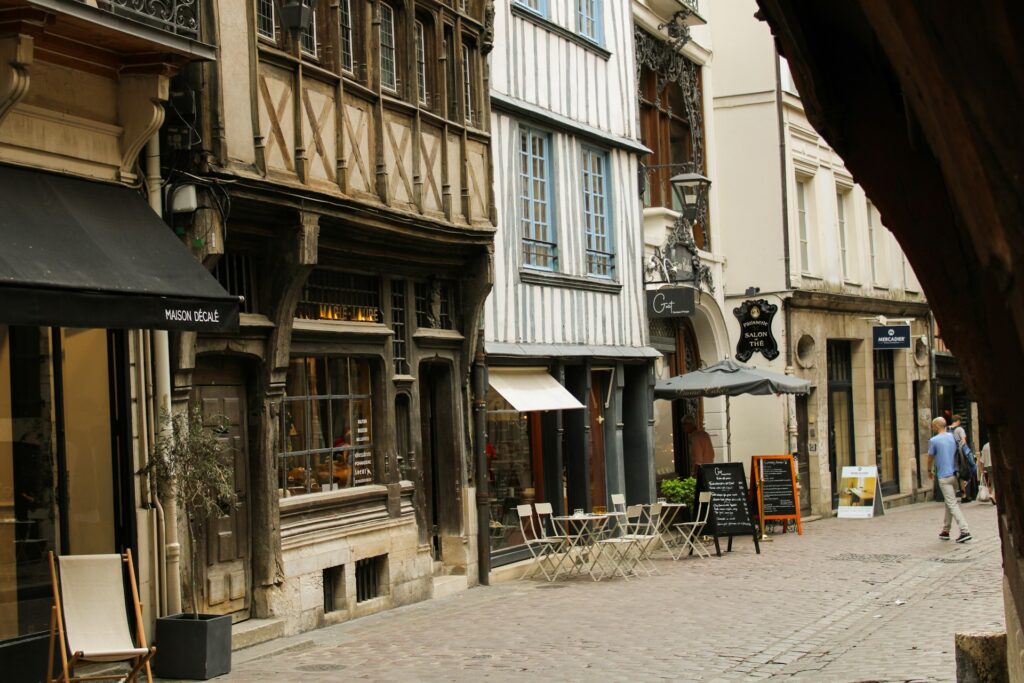
Leave the city behind to follow the meandering Seine toward the ruins of Jumièges Abbey. This is perhaps the most hauntingly beautiful monastic remnant in France, where you can wander among soaring arches open to the sky.
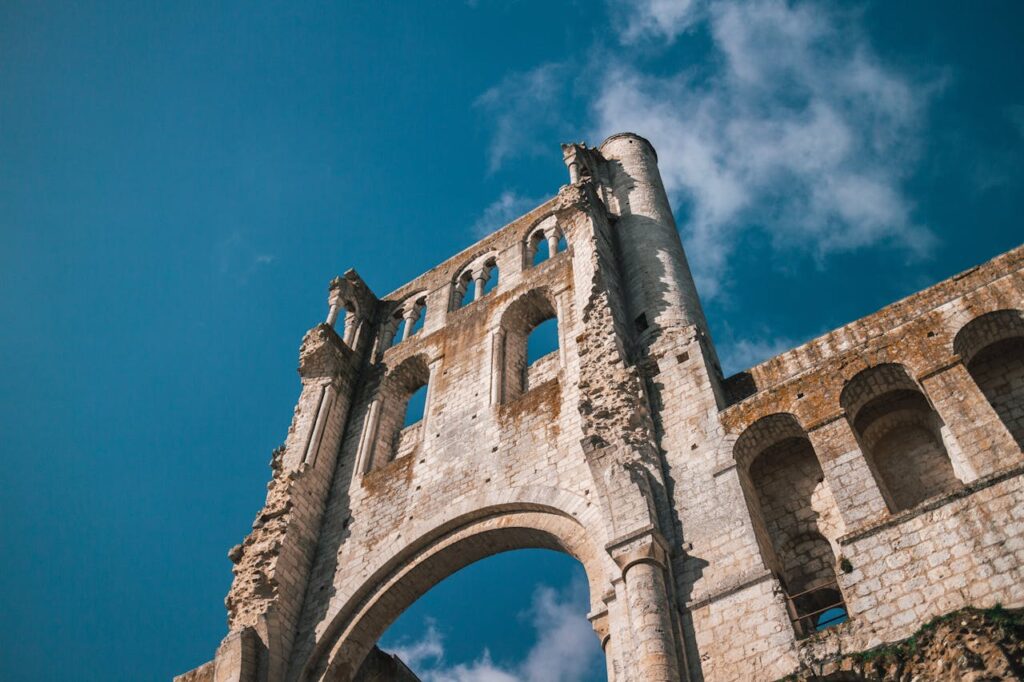
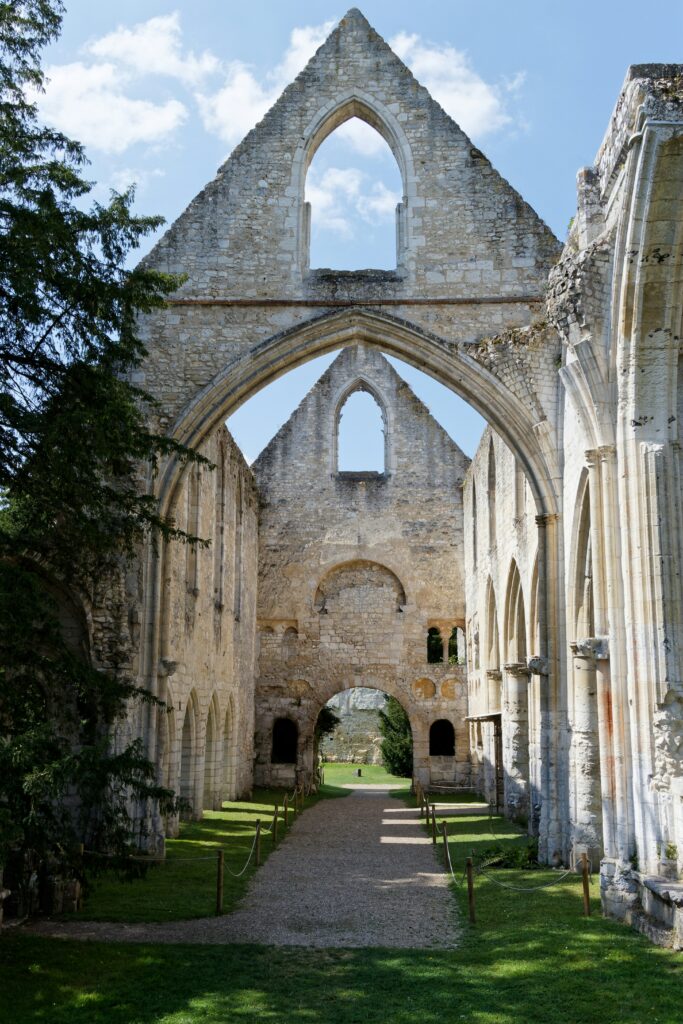
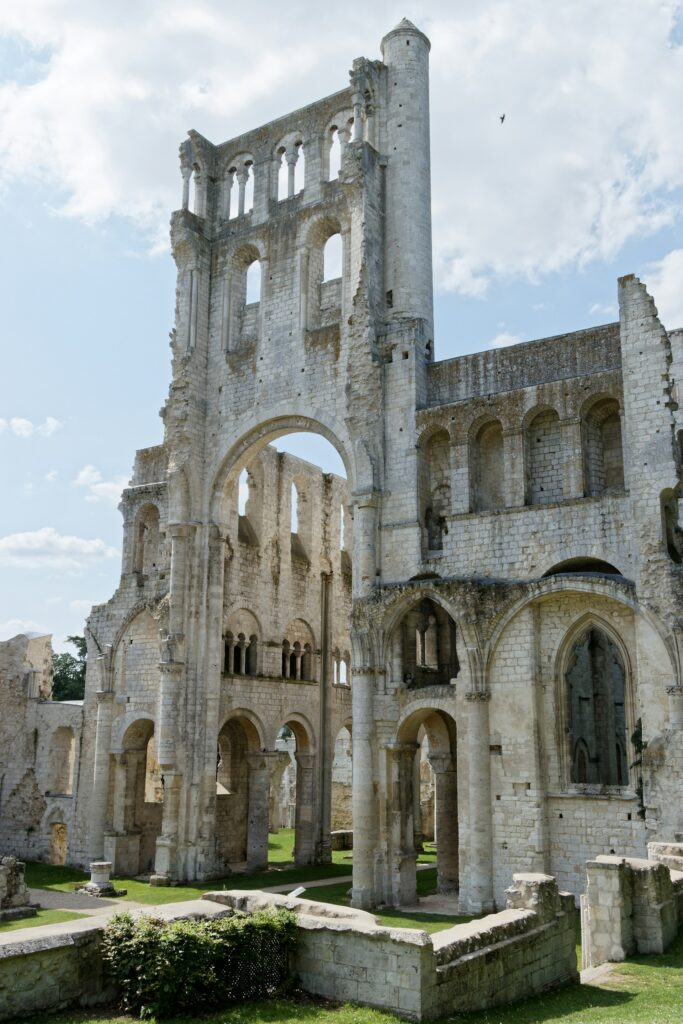
Day 5-6: The D-Day Beaches
Continue westward to the emotionally stirring landing beaches. Begin at Pegasus Bridge, where British forces achieved one of the first victories of D-Day, before following the coast to the dedicated aire in Arromanches-les-Bains. Here, remnants of the ingenious Mulberry harbours still dot the shoreline. The next day, drive west along the coast to visit Omaha Beach and the meticulously maintained American Cemetery at Colleville-sur-Mer, where the sheer scale of sacrifice becomes palpably clear.
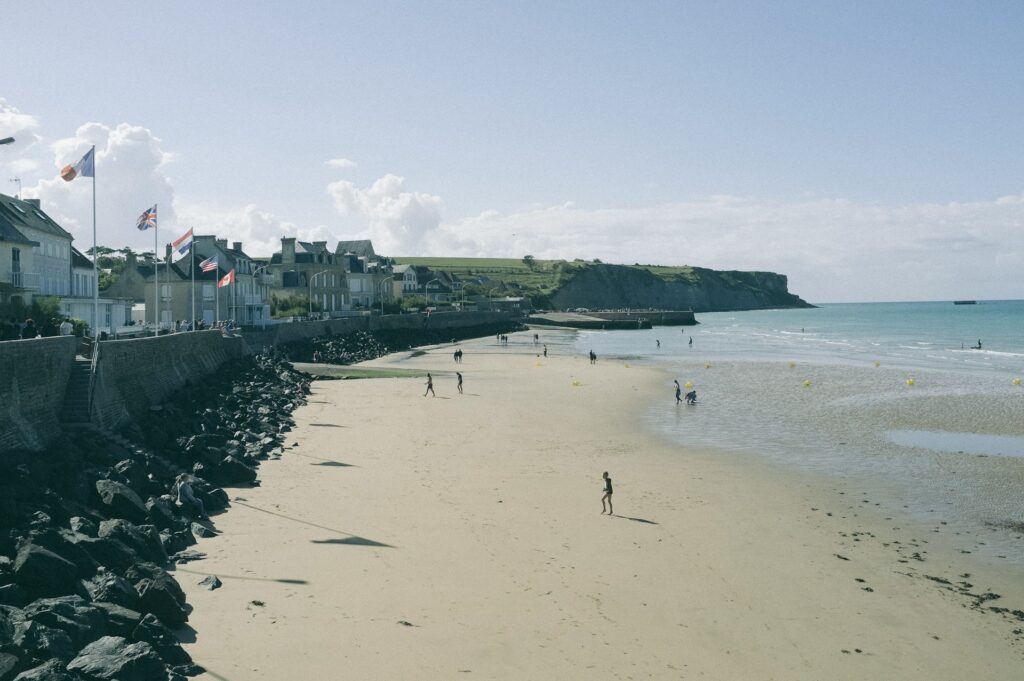
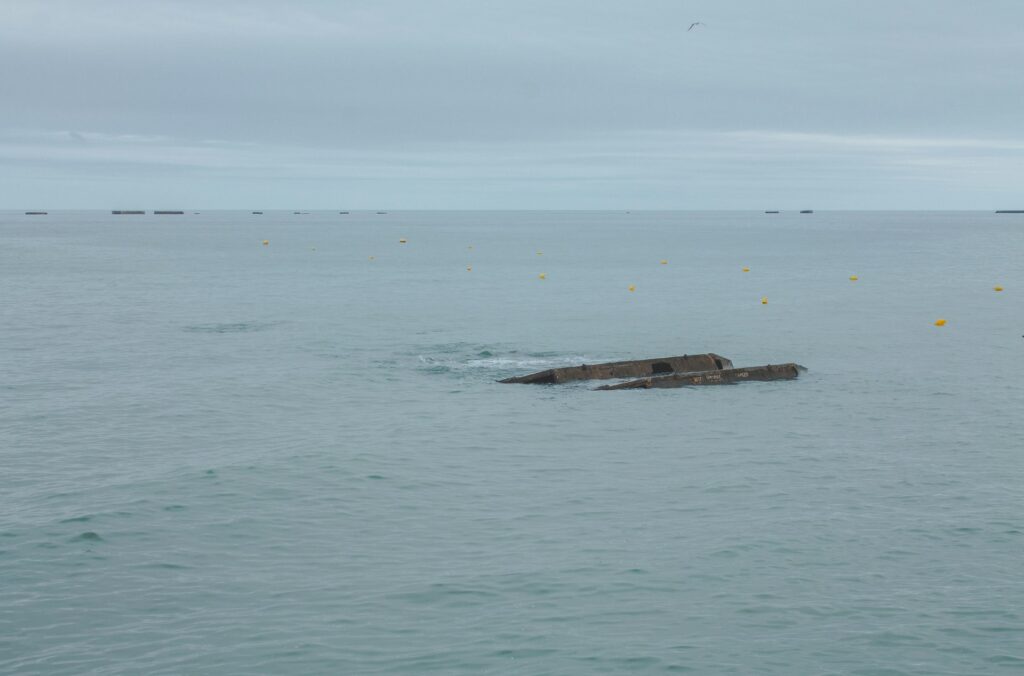
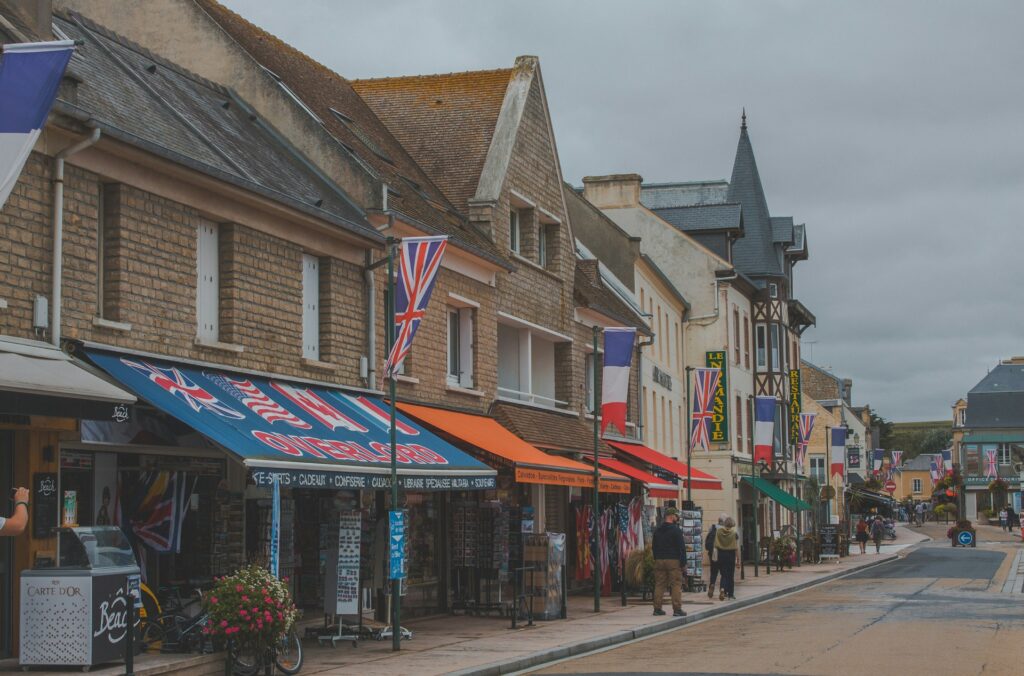
Day 7-8: The Cider Route
Navigate the bucolic byways of the Pays d’Auge, where half-timbered farmhouses preside over apple orchards. This is cider and Calvados country—stop at small producers displaying the “Bienvenue à la Ferme” sign for tastings. The charming town of Beuvron-en-Auge, one of the most beautiful villages in the region, offers an idyllic overnight stop with its central aire nestled among timber-frame houses that seem plucked from a storybook.
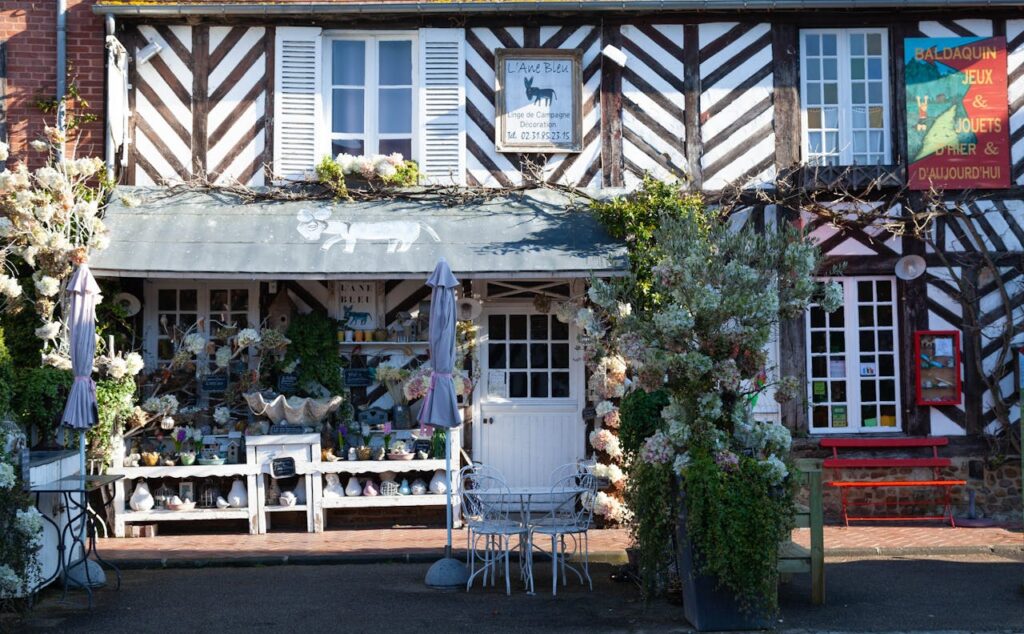
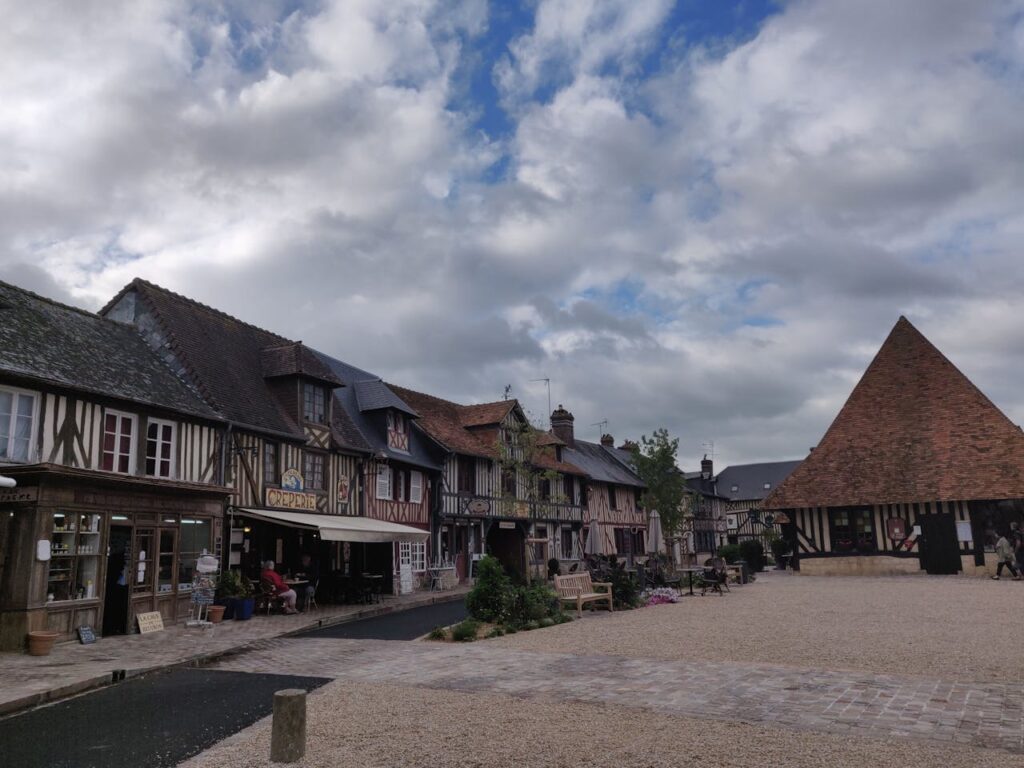
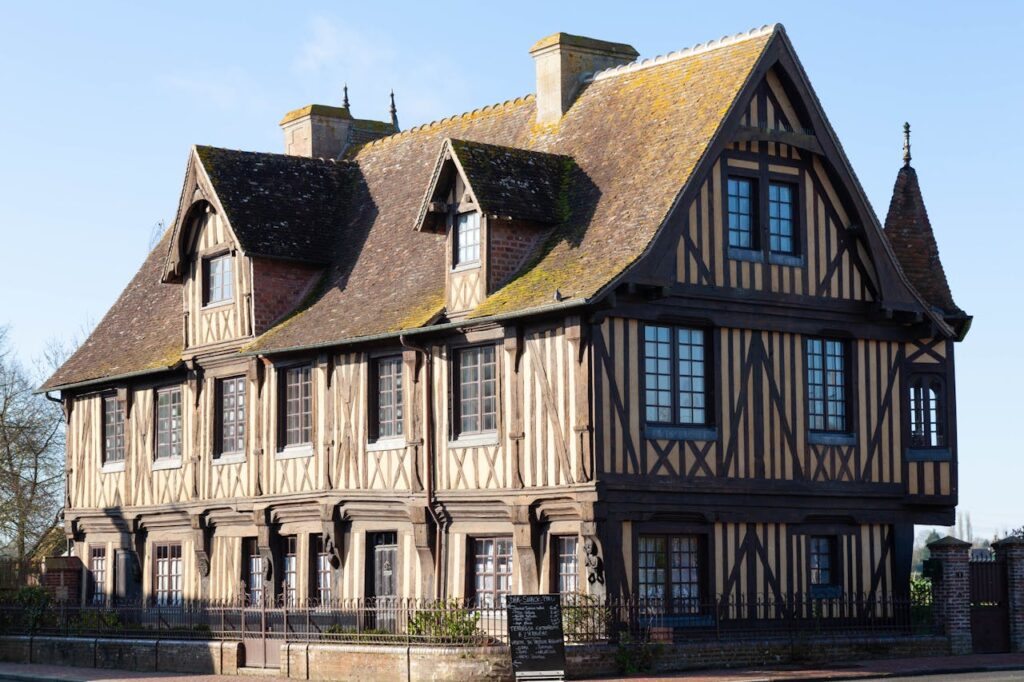
Day 9-10: Coastal Crescendo
Complete your circuit with a visit to Mont Saint-Michel, timing your arrival for early morning or late afternoon to avoid the midday crush. The dedicated parking area requires a shuttle to the island, but the approach—watching the abbey emerge from morning mist—justifies any inconvenience. Continue to the fishing port of Granville for your final night, where the haute ville (upper town) offers sweeping views across the bay toward the Channel Islands.
Time your arrival for early morning or late afternoon to avoid the midday crush. Consider making Yelloh! Village La Capricieuse your base for several days to properly explore this magnificent region without the pressure of daily relocation.
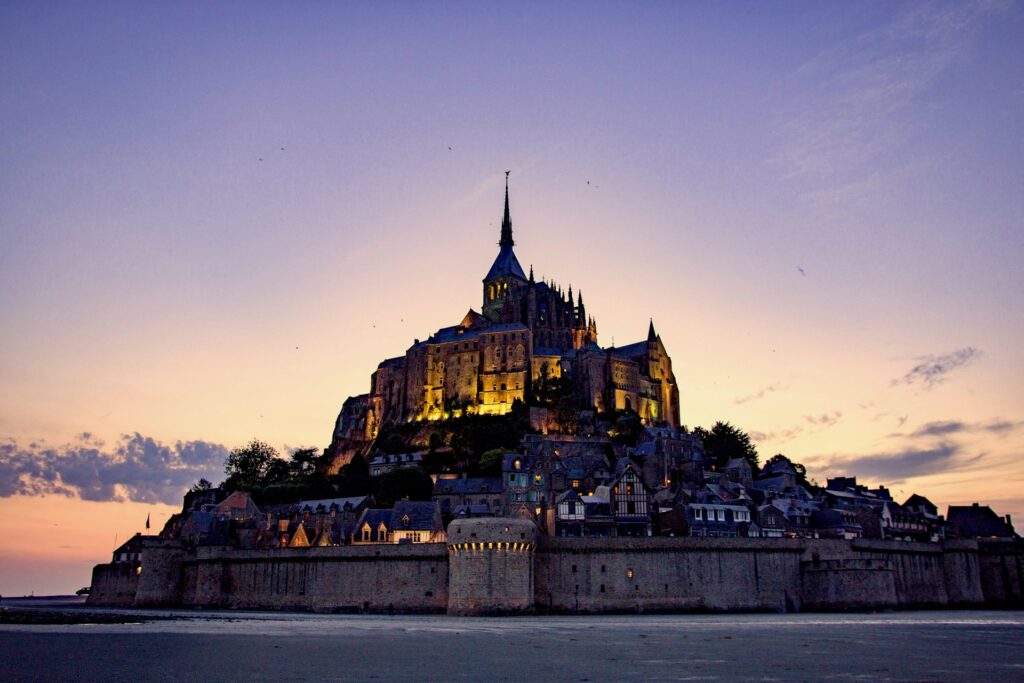
Practical Considerations
Where to Stay: Beyond the premium Yelloh! Village options and Normandy’s network of aires de service, the France Passion Scheme also allows free overnight stays at farms, vineyards and even châteauxs in exchange for supporting the host’s business – buying local produce or wine.
The Wisdom of Extended Stays: While the freedom to roam is campervan travel’s great appeal, there’s much to be said for pitching up at a quality campsite for a week or more. Consider alternating between aires and longer campsite stays. The aires are brilliant for exploring, but having a week at a proper site gives you time to truly absorb an area, establish a routine at local markets, and frankly, enjoy proper showers and swimming pools.
Local Etiquette: Wild camping (“le camping sauvage”) is not explicitly forbidden and locals adopt a pragmatic approach during low season. Park discreetly, arrive late, leave early, and leave no trace. The more remote coastal parking areas are generally tolerated for a single night.
Essential Provisions: Normandy is a gourmand’s heaven. Stock your campervan’s pantry with regional specialties: unpasteurised Camembert (its creamy heart perfect at room temperature), salted butter studded with crystals, and apple tarts that make excellent picnic fare. The region’s markets rotate through different towns daily—look for the schedule posted in tourist offices.
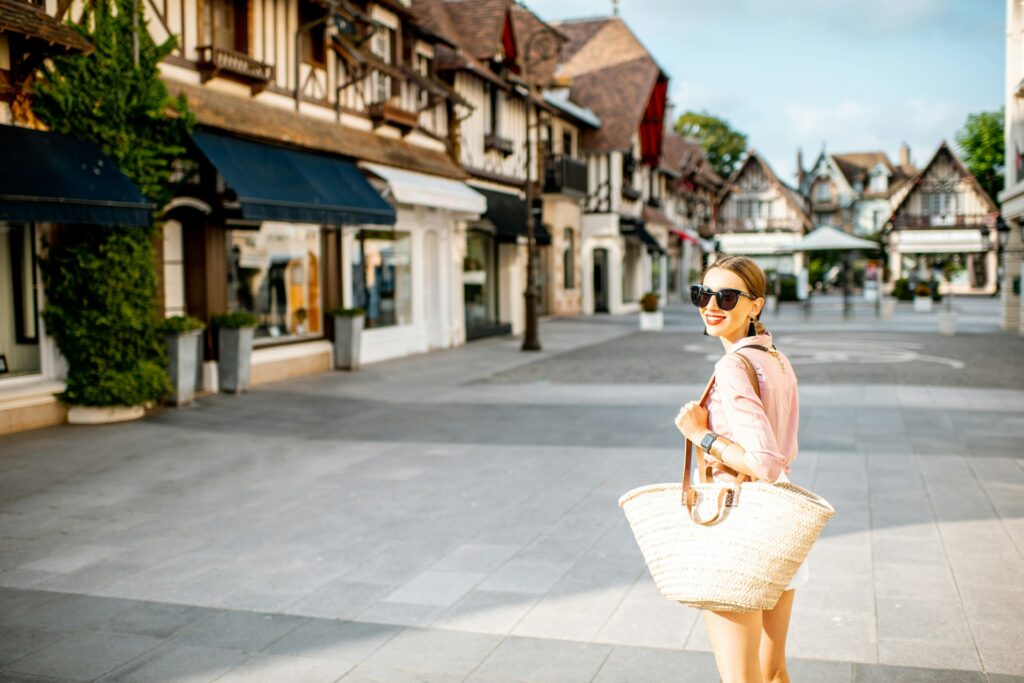
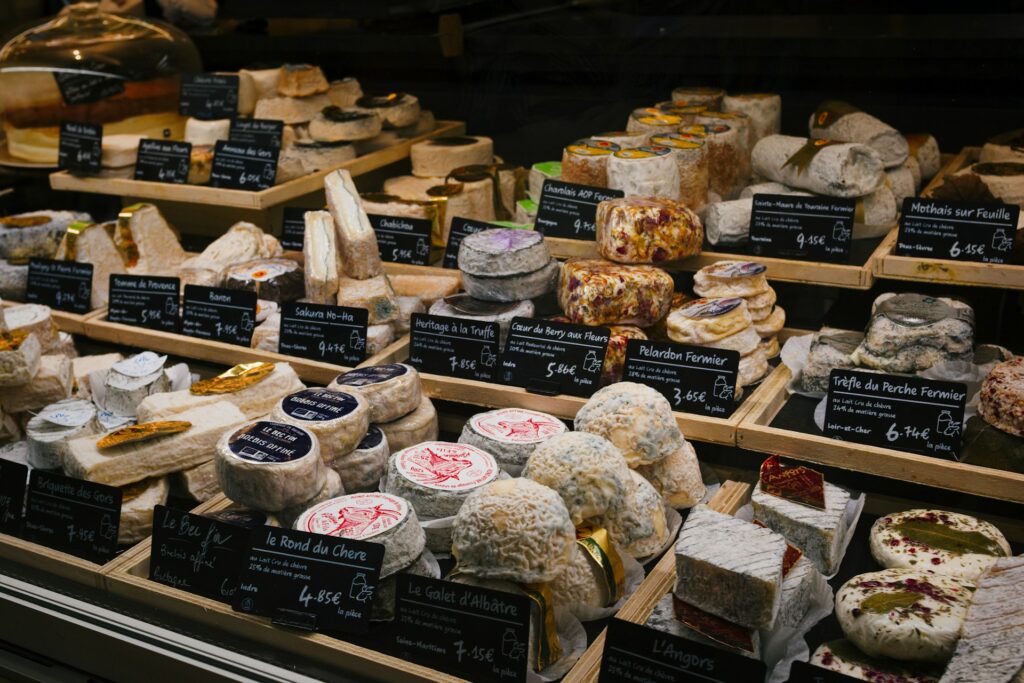
Don’t miss La Crèmerie Normande in Bayeux which offers the region’s most comprehensive cheese selection. Their cave affinage (cheese-ageing cellar) houses over 60 varieties, including rare farmhouse Camemberts that never reach supermarket shelves. The shop’s knowledgeable staff will happily advise on which cheeses travel well in campervan conditions—the slightly aged Pont-l’Évêque being particularly suited to life on the road. They also offer vacuum-packing services for longer journeys.
For the quintessential Norman picnic, visit Les Vergers de Ducy farm shop near Bayeux. Beyond their award-winning ciders and Pommeau (apple aperitif), they offer a one-stop pantry of regional products from small producers – hand-churned butter, pressed apple juice, and—most essential for campervan life—their own apple tarts baked in sturdy wooden boxes that protect them from the rigours of road travel.
Finally, the covered market in Rouen (open Tuesday-Sunday mornings) warrants a dedicated shopping expedition. It is the largest and oldest market in the city. It dates from the first half of the 19th century.
Weather Wisdom: Pack layers and expect the unexpected. Norman weather can deliver four seasons in a single afternoon, not unlike British conditions. In other words, pack like you would for a holiday in Old Blighty.
The Bottom Line
A campervan journey through Normandy offers more than mere convenience—it provides immersion in a region where history and hedonism intertwine. As you park beside a cliff-edge orchard or within earshot of a medieval bell tower, you’ll understand why this accessible corner of France rewards the unhurried traveller.
Just a short hop across the Channel, Normandy offers British visitors a foreign adventure without the long-haul journey—a place where familiar comforts meld with distinctly French pleasures, best savoured at the leisurely pace that only a home on wheels can provide.





